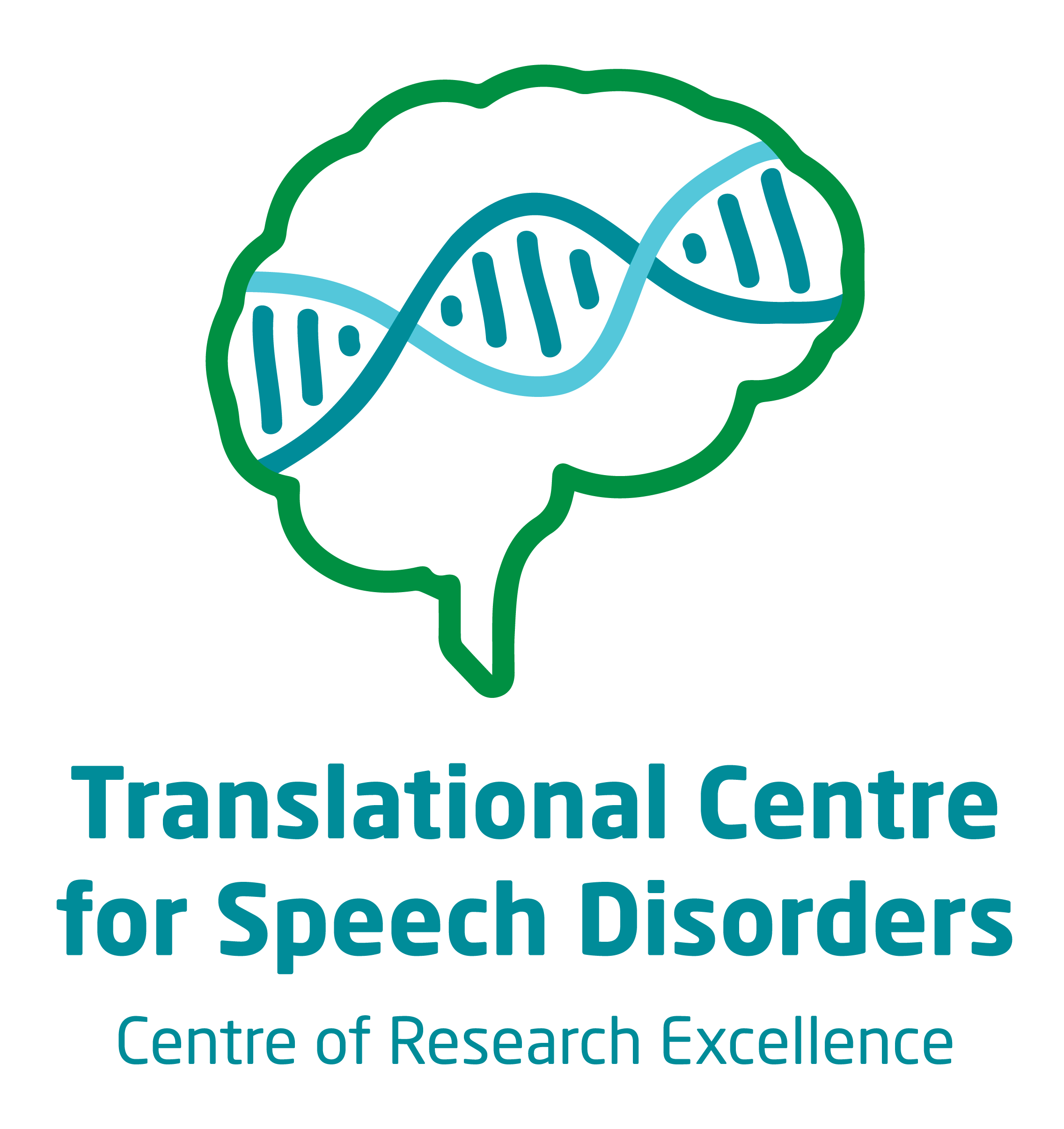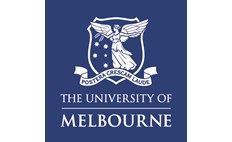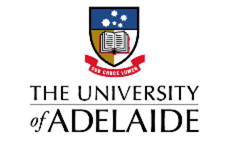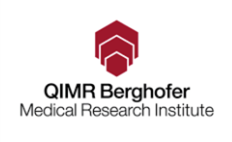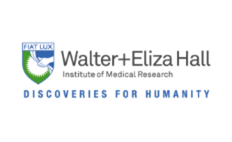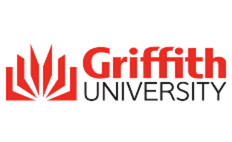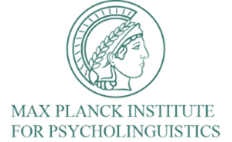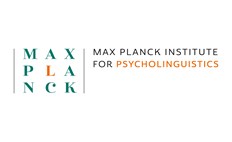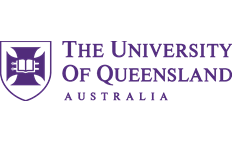CDK13
What is CDK13-related disorder?
CDK13-related disorder occurs when there is a change or alteration (like a spelling mistake) to the CDK13 gene, meaning the gene loses or alters its usual function. When the CDK13 gene is affected, an individual's development is also impacted.
CDK13 is a gene on chromosome 7p14.1. Whilst the exact function of the CDK13 gene is not yet fully understood, it is part of a group of genes that are known to control important cellular processes (i.e. instructing or switching certain cellular processes on or off, like a master switch).1
To date CDK13-related disorder has been reported in 90 individuals in the literature. In all cases so far the genetic change affecting CDK13 has happened sporadically, or ‘out of the blue’ (de novo). That is, no parents have been found to pass the CDK13 gene on to their children.2,3 Many of the cases reported in research studies to date have come from large studies of individuals with developmental delay/intellectual disability.
Contact
For further information, do get in touch with the CRE Speech and Language research team at:
Email: geneticsofspeech@mcri.edu.au
Phone: (03) 9936 6334
Frequently asked questions
Some individuals with CDK13-related disorder have:2,3
- learning difficulties/intellectual impairment or disability: most commonly mild-moderate intellectual disability, although there are some individuals with average cognitive ability.
- recognizable facial features
- autism spectrum disorder or autistic traits, attention-deficit hyperactivity disorder)
- feeding difficulties in infancy
- structural cardiac (heart) defects
- renal (kidney) and urogenital defects
- musculoskeletal malformations
- vision impairment
- sleep disturbance
- seizures
Out of 41 individuals with CDK13-related disorder, more than half had delayed first words, saying their first words at older than 15 months. A small number of individuals do not learn to speak. Most individuals begin combining words to create short sentences after 5 years old, and some individuals may not learn to combine words to create sentences.3
Individuals who do not learn to talk or combine sentences may benefit from augmentative and alternative communication (AAC), such as; sign language, communication books or speech generating devices. Some individuals use AAC when they are younger, and then stop using AAC as their verbal speech develops.3
Most individuals with CDK13-related disorder have stronger receptive language skills (understanding skills) than expressive language skills (ability to use language to express themselves).3 Individuals with CDK13-related disorder also exhibit strengths in social motivation.3
More than half of verbal individuals with CDK13-related disorder have childhood apraxia of speech (CAS). Phonological delay is also very common, seen in more than half of verbal individuals with CDK13-related disorder. Dysarthria and phonological disorder are both less common, seen in just under half of verbal individuals with CAS. Some also have lisps when saying the 's' speech sound. Most individuals have multiple, co-occurring speech disorders.3,4
Depending on the individual child’s needs and abilities, some may attend mainstream schools with additional classroom support, whilst others may attend special development schools. Recommendations for the most appropriate school setting may vary from country to country. Paediatricians and allied health professionals can assist with ensuring appropriate community and educational supports are in place to support individuals and their families.
In a group of 23 school aged individuals with CDK13-related disorder, 2 were home-schooled, 13 attended special schools and 8 attended mainstream schools.3
Currently, interventions are specific to an individual’s communication needs. Individuals with CDK13-related disorder require a speech pathology or speech therapy assessment to ensure tailoring of best-evidenced interventions to the individual’s profile.
As speech and language disorders are a core feature of CDK13-related disorder, speech therapy/pathology input should start early in life and include assessment and therapies tailored to each individual. Many countries/states provide early intervention programs where speech therapy may be provided by government programs, educational programs, private practices, or a combination of these depending on your location. Families can seek advice from local practitioners about the services available to them in their region.
Speech sound development and language abilities should be assessed by a speech therapist to determine the nature of a child’s communication strengths and challenges and how to best support their needs and development. Every child’s communication profile is different and no single ‘one size fits all’ treatment exists. Rather, there should be personalised assessment and treatment approaches tailored to an individuals’s specific speech and language needs.
Considering the high-incidence of CAS in individuals with CDK13-related disorder, it is important to consider if they have CAS and thus require tailored CAS intervention. Currently there are a number of treatments for CAS, such as the Nuffield Dyspraxia Programme version 3 (NDP-3) and the Rapid Syllable Transition Treatment (ReST) which are supported by the highest level of evidence at present.5
Speech development is delayed in CDK13-related disorder, meaning that many individuals need AAC to support their communication. For those with little speech or very unclear speech, comprehensive AAC supports are required so that an individual can meet all their communication needs. Early and intensive AAC intervention is important for individuals with CDK13-related disorder, with many using a mix of AAC systems (called multimodal AAC, e.g., using sign language and a speech generating device).3
Assessment/evaluation
Important domains for a speech pathology assessment include:
- Speech production skills: to evaluate for specific speech diagnoses (e.g., CAS, phonological disorder)
- Expressive and receptive language skills
- Social/pragmatic language skills
- Feeding and swallowing abilities
- Literacy skills, such as phonological awareness, reading and writing
The types of assessment tools used will vary depending on the child’s individual profile and developmental age. Assessment may be required at an initial diagnosis and throughout childhood and adolescence. The goal of assessment will be to understand the nature and severity of speech and language challenges, then make recommendations for appropriate therapies when needed.
Therapy/intervention
There is no research on speech and language interventions that are specifically designed for children with CDK13-related disorder. Speech and language interventions for children with CDK13-related disorder are currently guided by the child’s individual profile and the best evidence for speech and language disorders more generally, and include:
• Augmentative and alternative communication (AAC)
AAC refers to ways of communicating other than talking (speech), such as the use of sign language or communication devices. AAC options can support language development prior to speech developing (using AAC does not prevent or slow down language development) and can also be of benefit when speech is unclear. Given children with CDK13-related disorder have delayed communication development, introducing AAC in the early years should be considered to foster language development and provide a means for children to engage, learn, and reduce communication frustrations. The need for AAC or the AAC options used by individuals may change over time. Speech pathologists/therapists work with children and families to find the most appropriate AAC options tailored to needs and abilities.
• Evidence-based treatments for CAS6
Existing treatments have varying levels of efficacy. Some examples include:
- Nuffield Dyspraxia Program7
- Rapid Syllable Transition Treatment (ReST)7
- Dynamic Temporal and Tactile Cueing (DTTC)8
- Prompts for Restructuring Oral Muscular Phonetic Targets (PROMPT)9
Evidence based treatments for CAS are high-intensity, with at least weekly and sometimes multiple weekly speech therapy sessions.10 As, children with CDK13-related disorder are very likely to have CAS early speech therapy intervention is advised.
Families should ask their speech pathologist/therapist about how effective these programs (or the ones they are recommending) will be for their child given their age and symptoms. The type of therapy will depend on: (1) the child’s symptoms, (2) their age, (3) the severity of their condition, and (4) any other health or development challenges they have.
Like with any skilled movement, practice or therapy is usually most successful when it happens several times a week. When CAS symptoms have resolved with therapy, there may still be a need for continued speech pathology/therapy input to address challenges in other areas of communication such as expressive language skills (e.g., vocabulary, sentence formation), social/pragmatic language skills (e.g., conversation skills, topic maintenance), and literacy.
It is also important to note that CAS is a difficulty with planning and programming movements for speech. There is no strong evidence to support the use of non-speech oral motor exercises alone (e.g., pursing, blowing, lip massage etc.) as an effective treatment for speech sound disorders.11
It has been suggested that discussion about transition plans including financial, vocation/employment if feasible, and medical arrangements, should begin at 12 years of age, and that developmental pediatricians can provide assistance with transition to adulthood.2
Whilst current research has identified speech and language development as an area of difficulty for many individuals with CDK13-related disorder, there have been no studies to date that track how communication development changes over time. Further research on the speech and language development of larger groups of individuals with CDK13-related disorder is needed to better understand communication strengths and challenges across the lifespan.
However, it is evident that many individuals have speech and language challenges well into young adulthood.3
- For information on speech and language abilities and CDK13-related disorder, please see our Fact Sheet.
- More information on CAS: CAS Fact Sheet
- More information on phonological disorder: Phonological Disorder Fact Sheet
- More information on AAC: AAC Fact Sheet
- Apraxia kids information support group: Support Group Website
References
- National Center for Biotechnology Information. (2019). Gene: CDK13 cyclin dependent kinase 13. Retrieved from https://www.ncbi.nlm.nih.gov/gene/8621
- Bostwick B. (2019). CDK13-Related Disorder. GeneReviews.
- Morison, L. D., van Reyk, O., Forbes, E., Rouxel, F., Faivre, L., Bruinsma, F., Vincent, M., Jacquemont, M., Dykzeul, D. L., Genevieve, D., Amor, D. J., Morgan, A. T. (2023). CDK13-related disorder: a deep characterization of speech and language abilities and addition of 33 novel cases. European Journal of Human Genetics.
- Rouxel, F., Relator, R., Kerkhof, J., McConkey, H., Levy, M., Dias, P., ... & Genevieve, D. (2022). CDK13-related disorder: Report of a series of 18 previously unpublished individuals and description of an epigenetic signature. Genetics in Medicine.
- Murray, E., McCabe, P., & Ballard, K.J. (2015). A Randomized Controlled Trial for Children With Childhood Apraxia of Speech Comparing Rapid Syllable Transition Treatment and the Nuffield Dyspraxia Programme-Third Edition. Journal of Speech, Language and Hearing Research, 58(3), 669-686.
- Murdoch Children's Research Institute. Fact Sheet: Childhood Apraxia of Speech. Retrieved. https://www.geneticsofspeech.org.au/media/dokkyesk/cas_v1.pdf
- Murray, E., McCabe, P., & Ballard, K.J. (2015). A Randomized Controlled Trial for Children With Childhood Apraxia of Speech Comparing Rapid Syllable Transition Treatment and the Nuffield Dyspraxia Programme-Third Edition. Journal of Speech, Language and Hearing Research, 58(3), 669-686.
- Murray, E., McCabe, P., & Ballard, K. J. (2014). A systematic review of treatment outcomes for children with childhood apraxia of speech. American journal of speech-language pathology, 23(3), 486–504.
- Morgan, A. T., et al. (2018). Interventions for childhood apraxia of speech. The Cochrane database of systematic reviews, 5(5).
- Lee, A. S., & Gibbon, F. E. (2015). Non-speech oral motor treatment for children with developmental speech sound disorders. The Cochrane database of systematic reviews, 2015(3).

